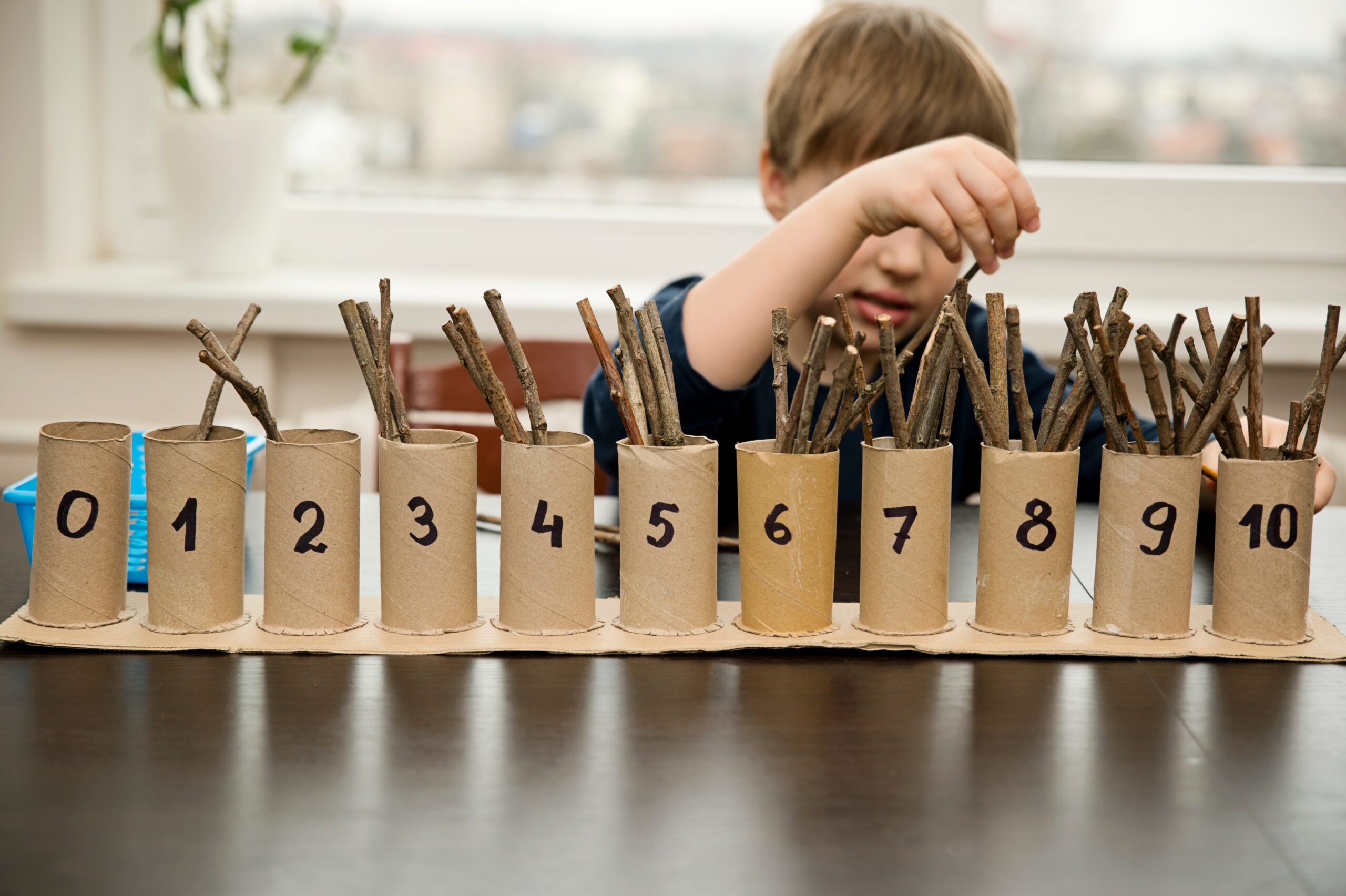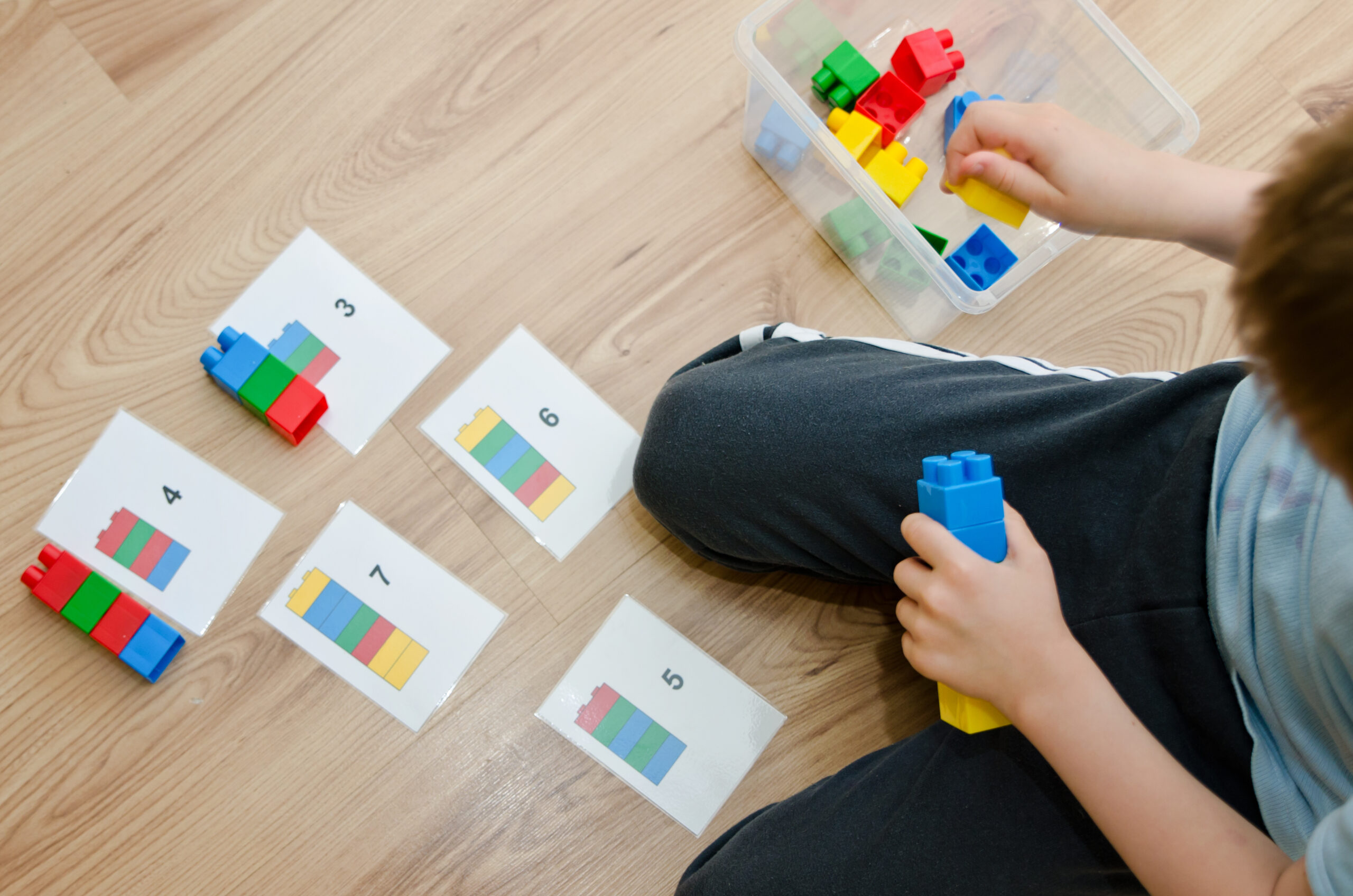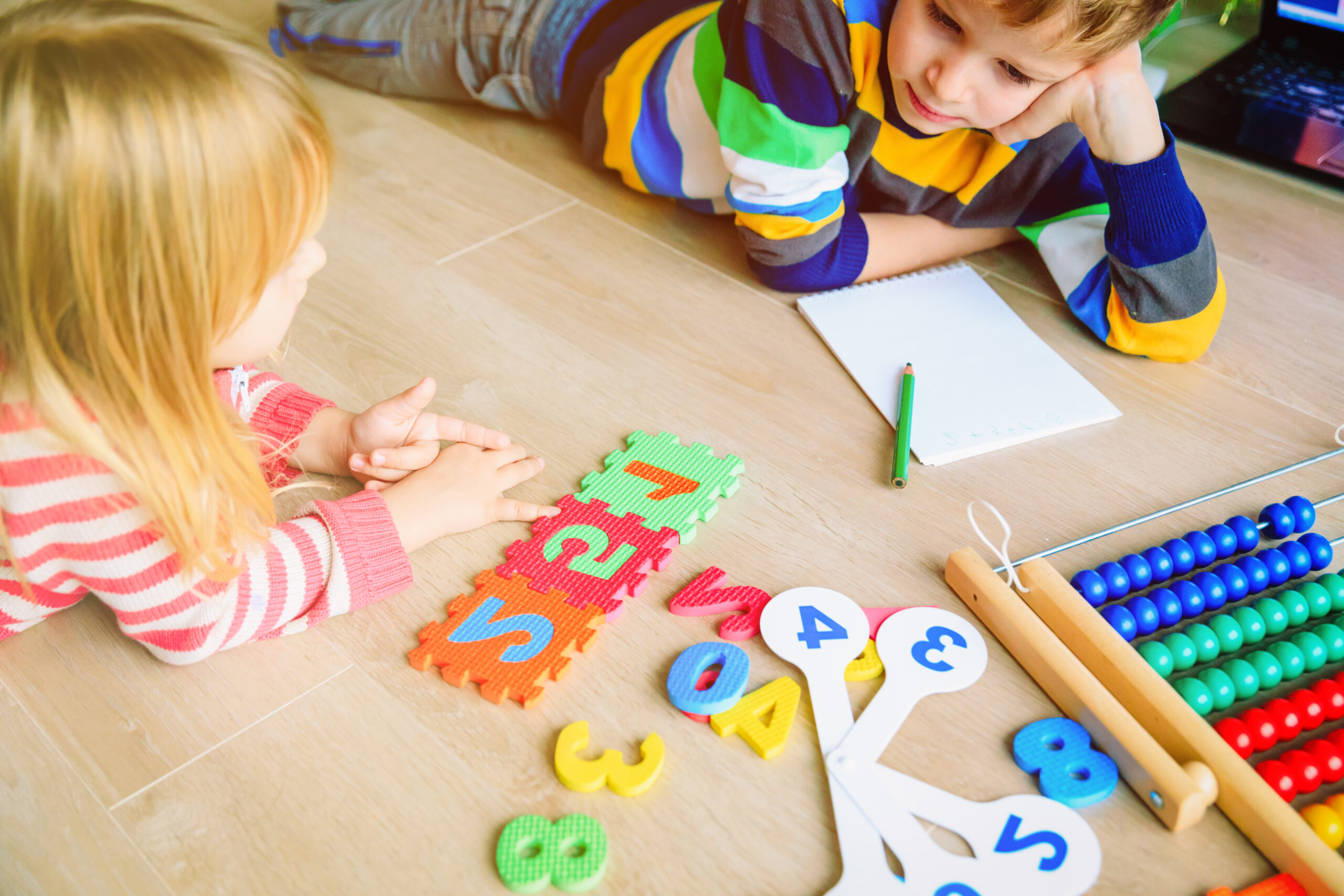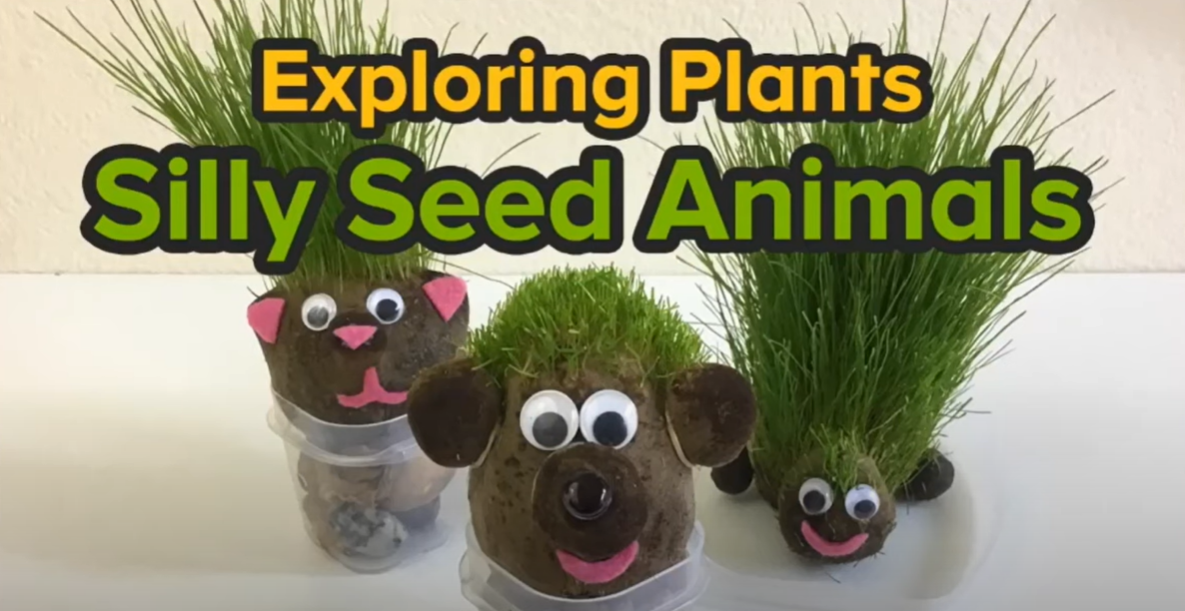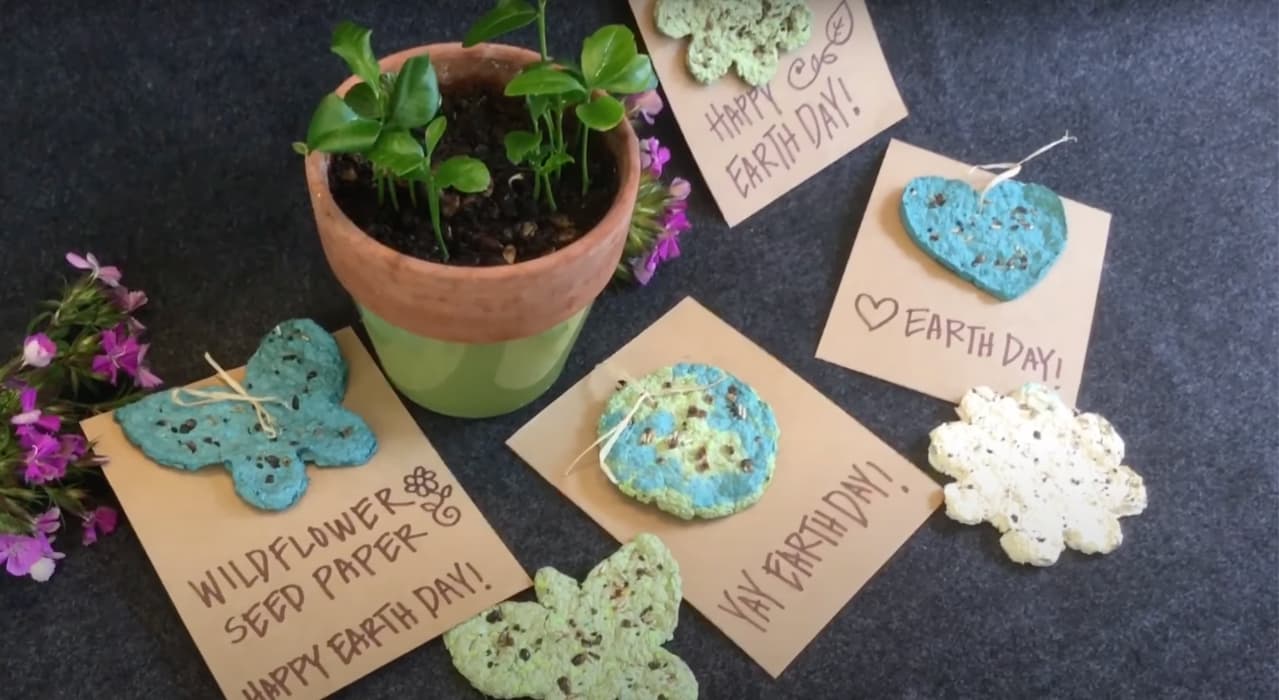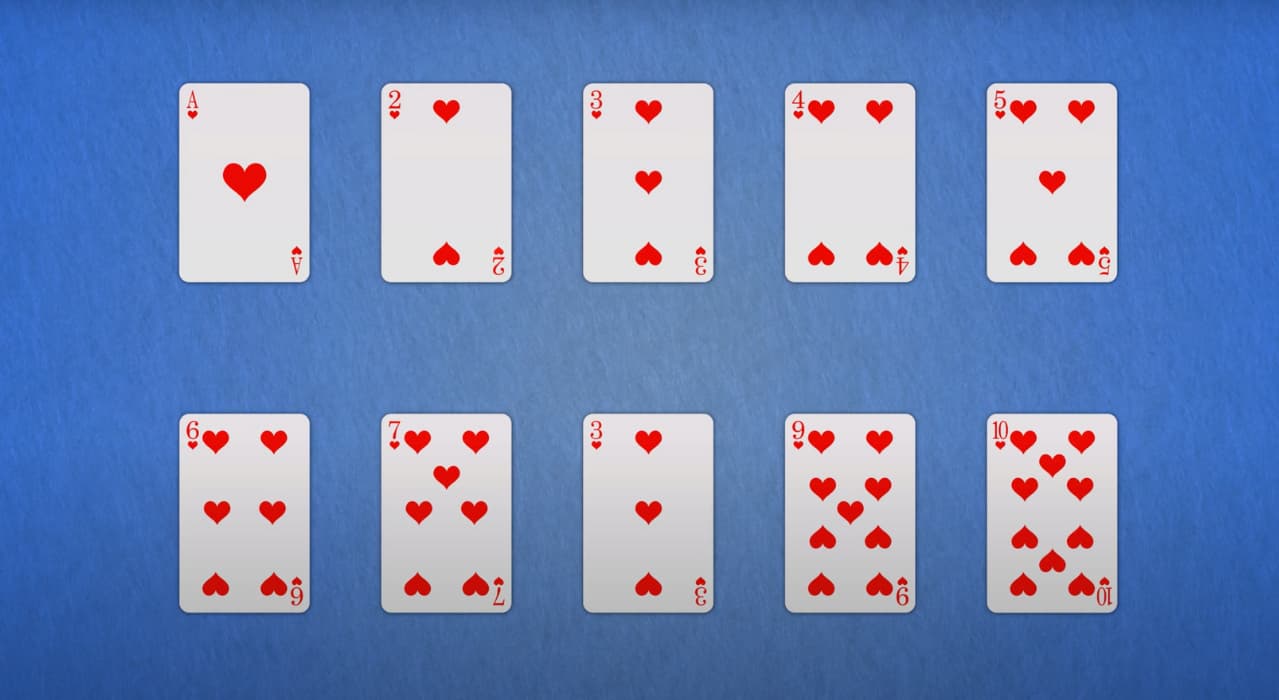STEM Activity for Kids: Exploring the Human Lungs
Learning about the human body is even more exciting with hands-on STEM activities! Our Exploring the Human Lungs activity gives kids a fun and interactive way to understand how our lungs work as part of the respiratory system. With just a few simple materials, kids can build their own lung model and see how we breathe in and out.
What You’ll Need for the Exploring the Lungs Activity:
- Small balloons
- A large balloon
- Plastic cup
- Straws
- Black permanent marker
- Tape
- Construction paper
- Scissors
Instructions for Making This STEM Activity
Step 1: Gather Your Supplies
Collect all of your materials and set up a clean workspace, which will allow you to create your “lungs” more efficiently.
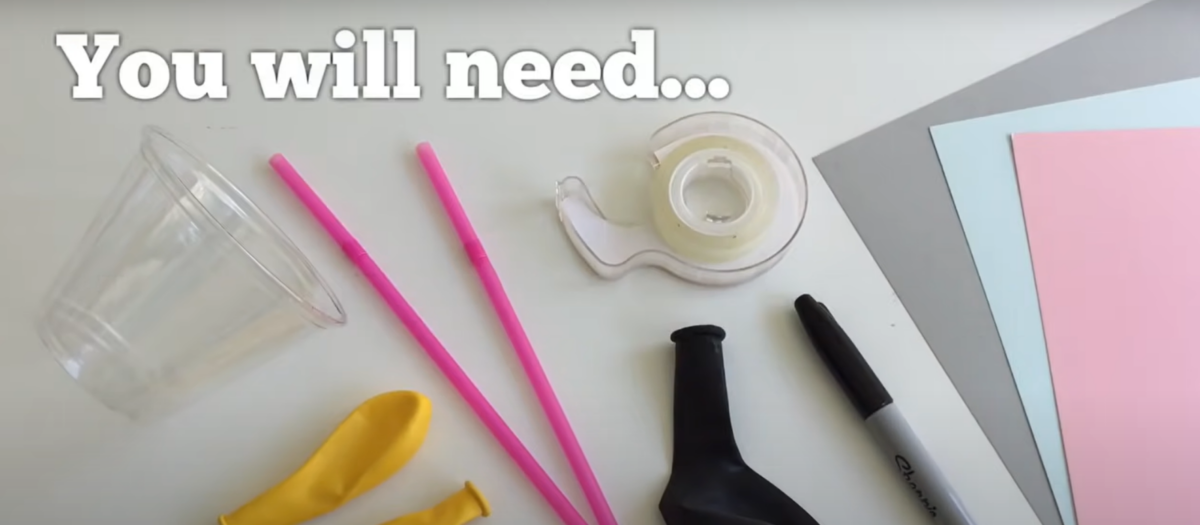
Step 2: Draw a Small Rectangle on the Cup
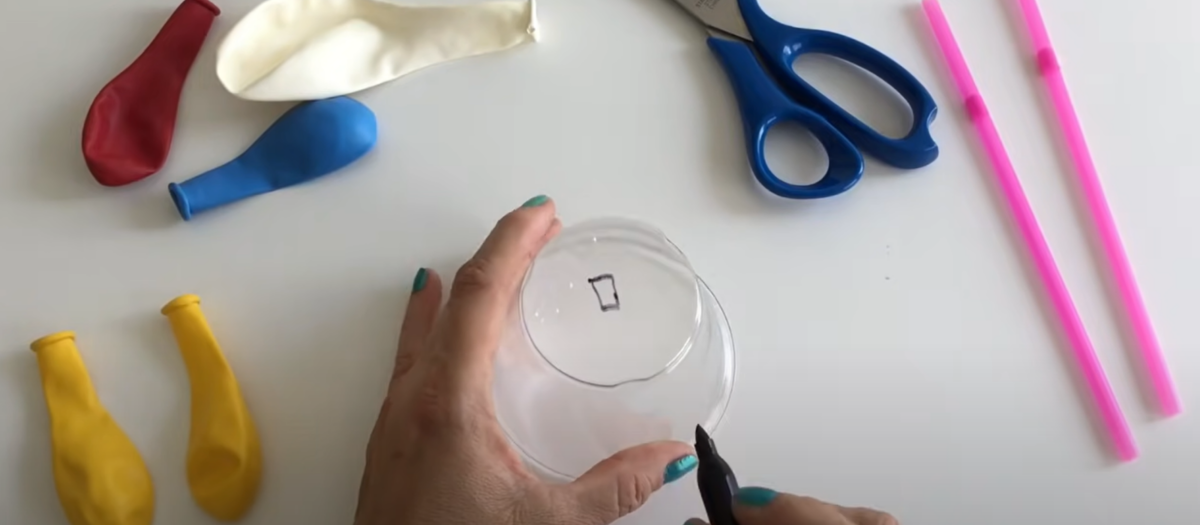
Use the permanent marker to draw a small rectangle on the bottom of the plastic cup.
Step 3: Cut Out the Rectangle
Carefully cut out the rectangle with a scissors. Be sure to supervise children during this step or have an adult do the cutting to ensure safety.
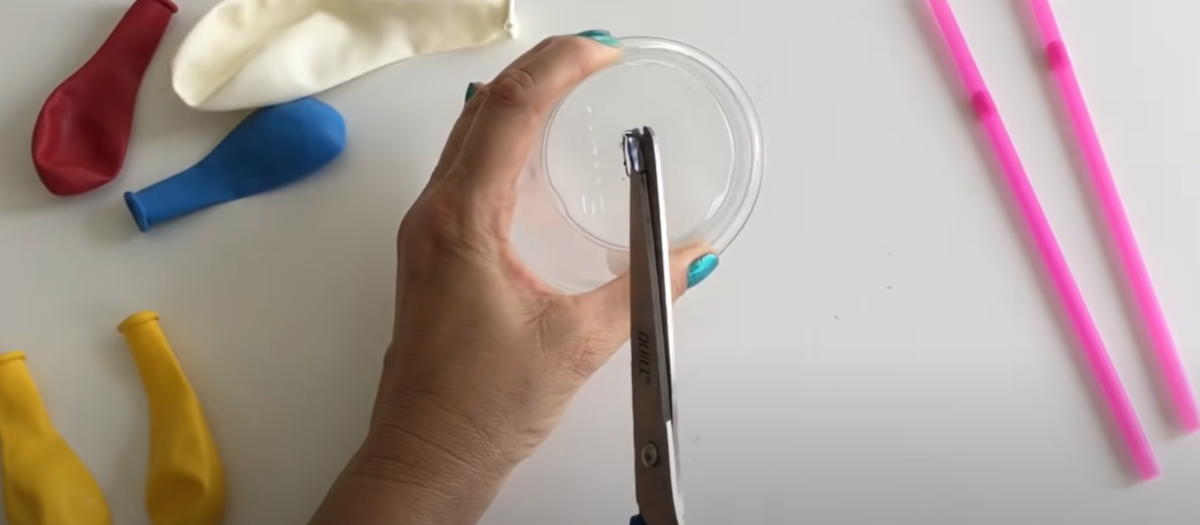
Step 4: Cut the Straws
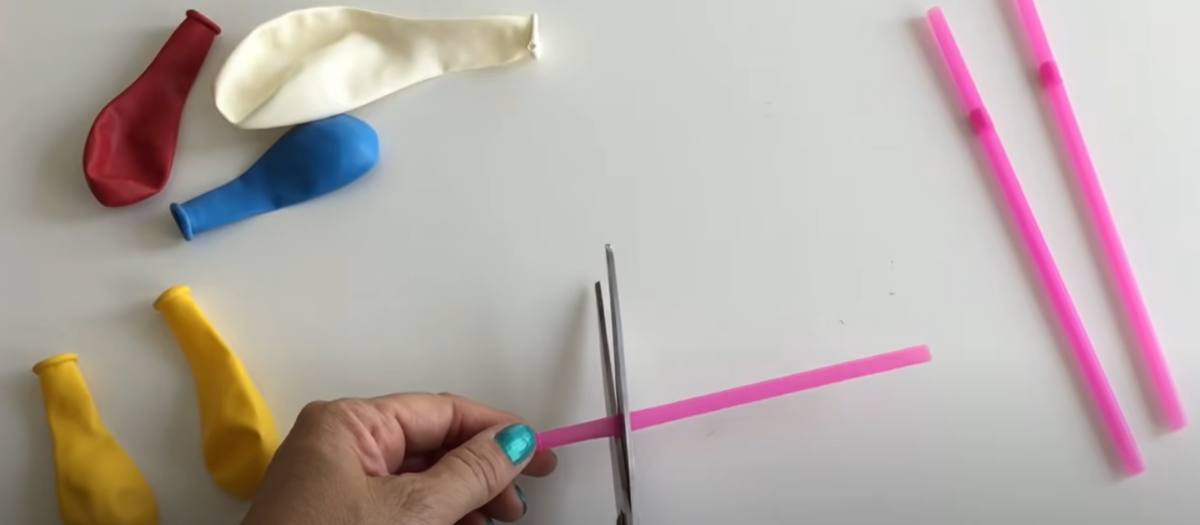
Take two straws and cut off about one-third of their length, including the bendy part. These shorter straws will serve as the “bronchi” in your lung model.
Step 5: Cut Tops Off the Small Balloons
Carefully cut the tops off of both small balloons and discard them. The trimmed small balloons will represent the lungs.

Step 6: Tape Balloons
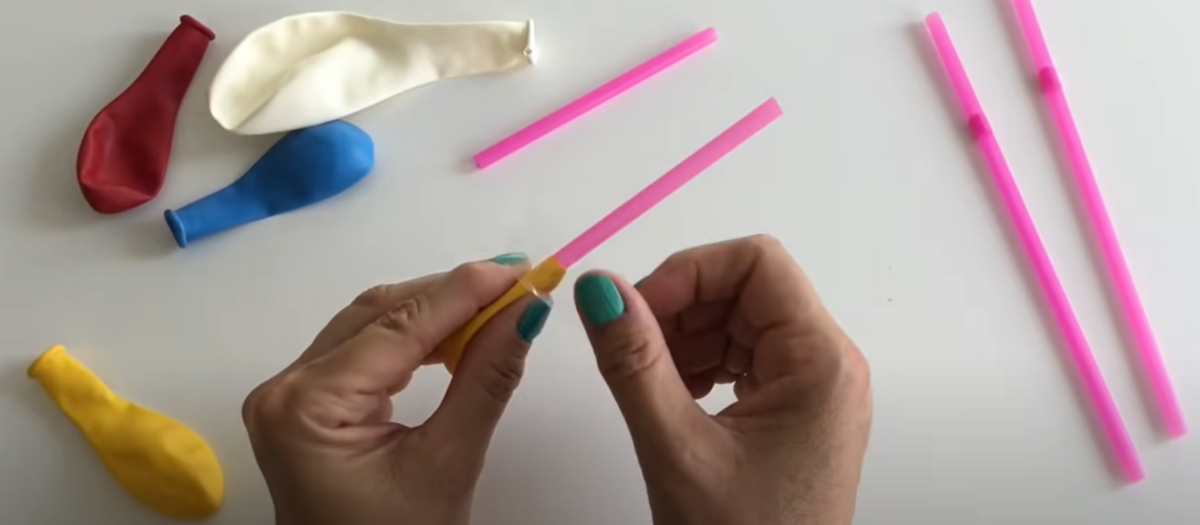
Insert the end of one straw into a small balloon and tape it securely around the opening to seal it. Repeat for the second straw and balloon.
Step 7: Tape the Straws Together
Tape the two straws together at the top, ensuring they are aligned side by side. This setup mimics the bronchi leading to the lungs.
Place the taped straws with the attached balloons through the top of the cup, with the ends of the straws poking up through the hole and the balloons staying inside the cup.
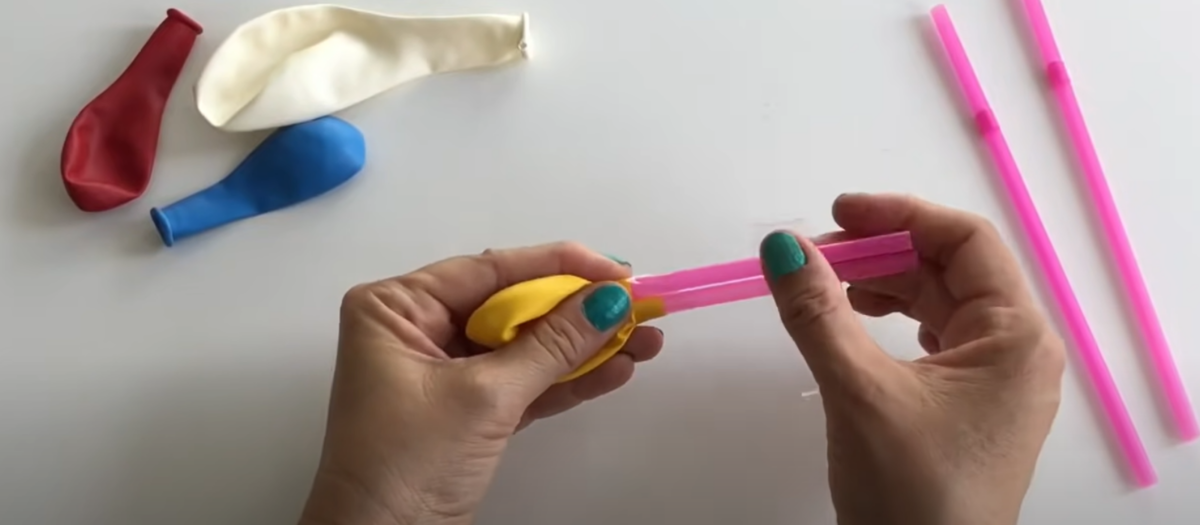
Step 8: Cut Large Balloon
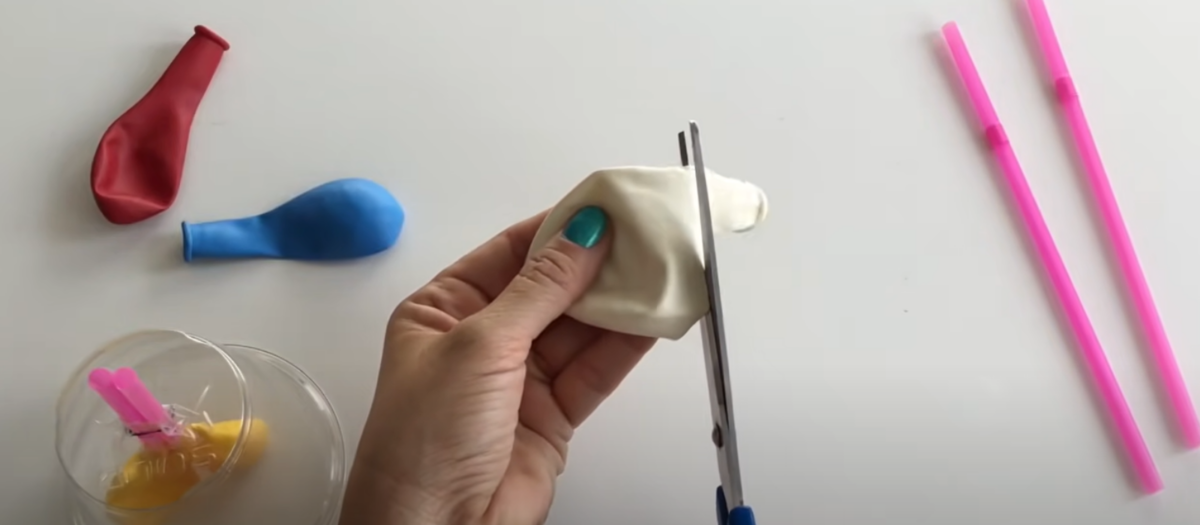
Cut off the top of the large balloon, leaving the main body of the balloon intact. This piece will act as the diaphragm in your model, which is essential for breathing.
Step 9: Place Large Balloon Over Cup
Stretch the large balloon over the cup’s opening, covering it completely. This should fit snugly. If needed, secure the balloon with rubber bands or tape to keep it in place.
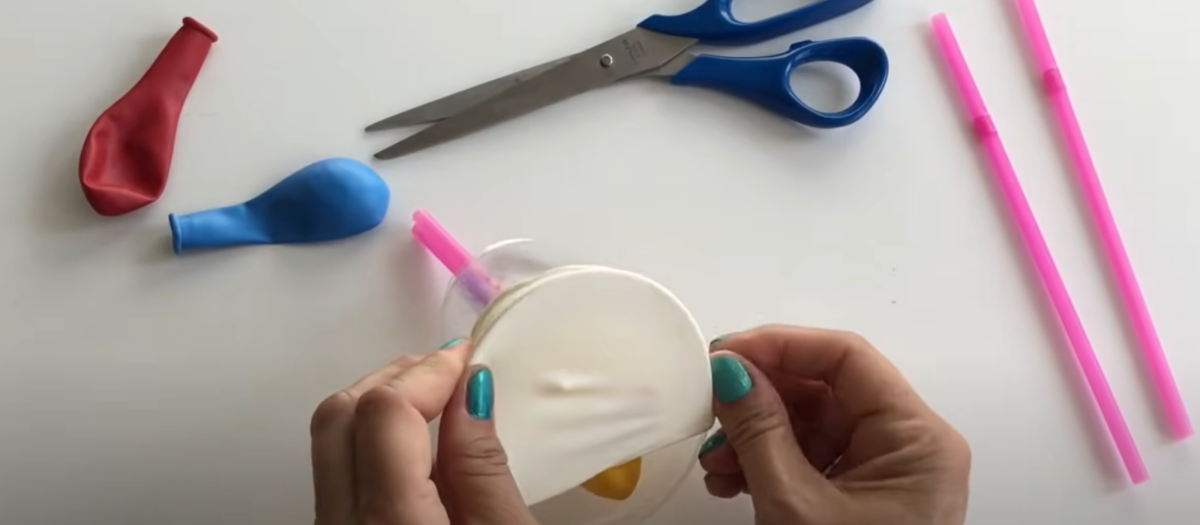
Step 10: Seal Gaps
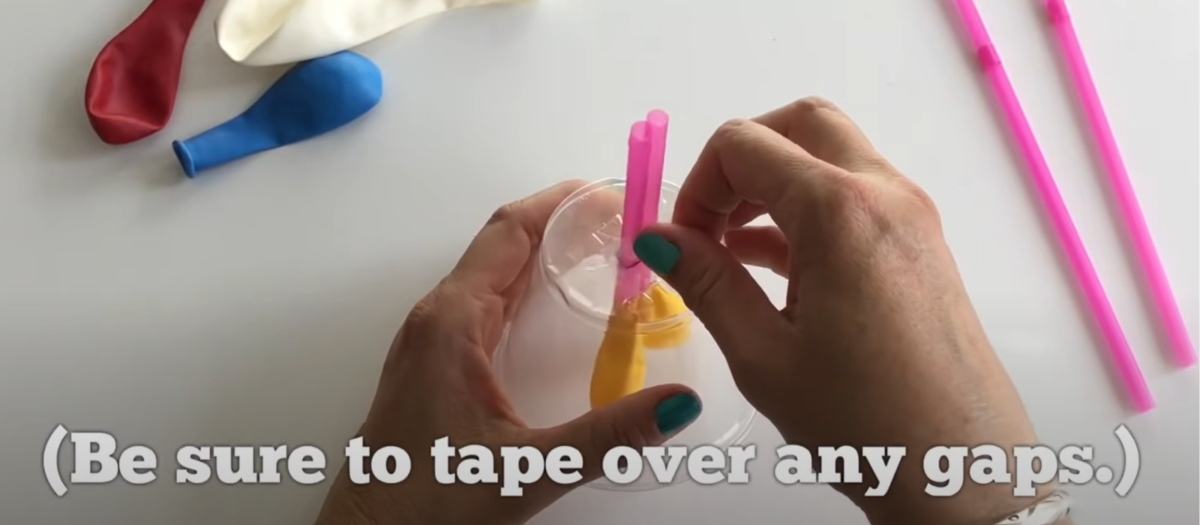
Check for any gaps where the large balloon meets the cup and where the straws exit the cup. Use tape to seal these gaps to ensure the model works effectively.
Step 11: Inflate the Lungs
Gently pull down on the large balloon at the bottom (the diaphragm) to watch the small balloons inflate, just like lungs filling with air!
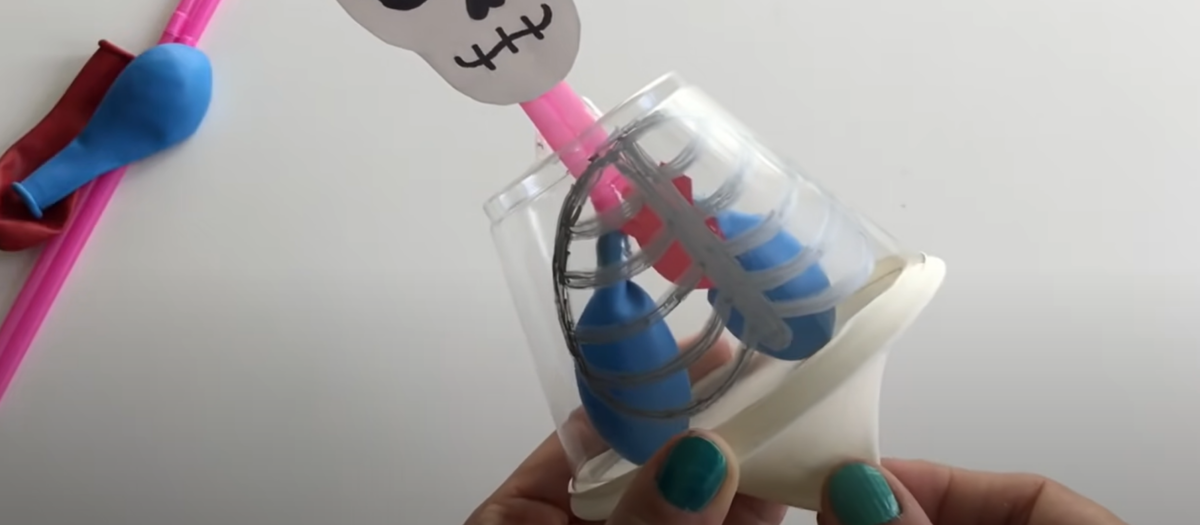
Bonus Step: Decorate your Project
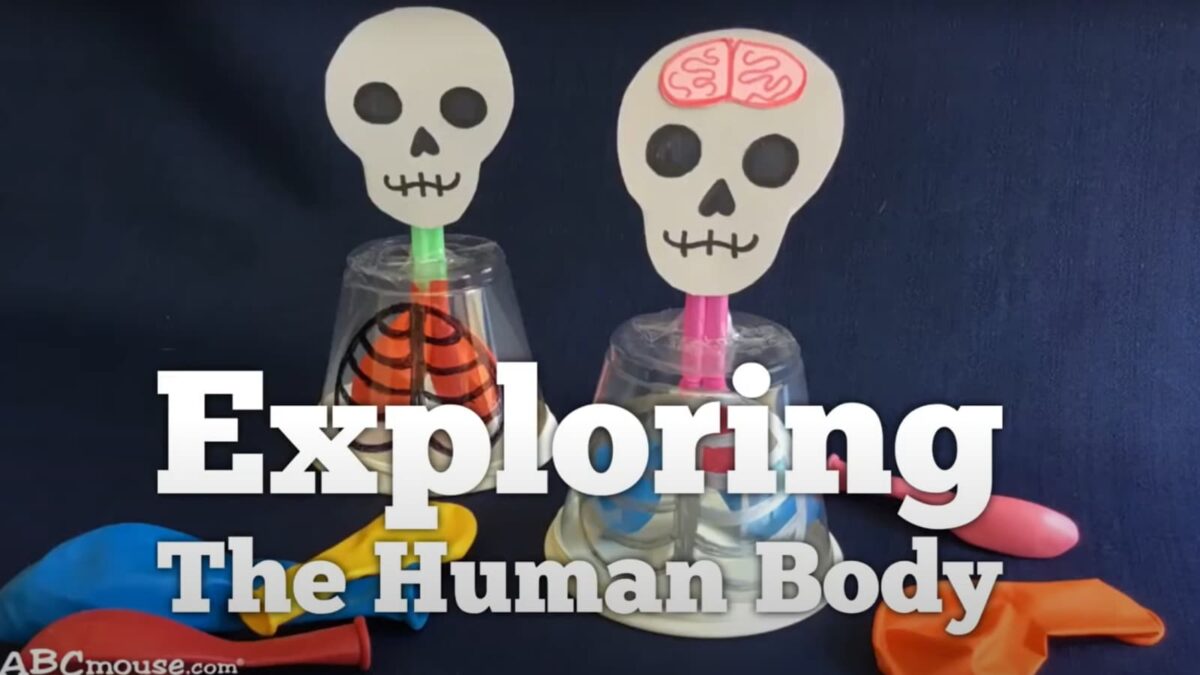
Make your lung model even more interesting by adding decorations. Draw a rib cage onto the plastic cup or attach a skeleton head for a spooky anatomical twist.
The Educational Twist:
This activity offers a fantastic opportunity to learn about the respiratory system. Discuss how the lungs work with the diaphragm to pull air into the body and how oxygen is distributed to the bloodstream. It’s a simple yet powerful way to explain the vital role of the lungs in our health.
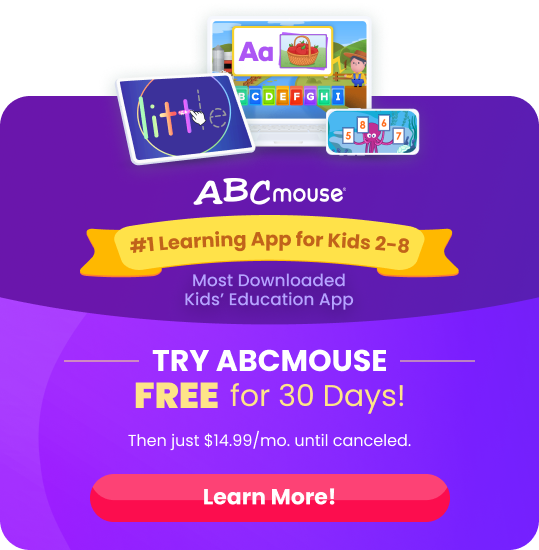
-
Hands-On Math Activities for Your First Grader
Hands on math activities for your 1st grader. Engage your learner with this list of roundup ideas from ABCmouse.
-
Hands-On Math Activities for Your Preschooler
Hands on preschool math games roundup by ABCmouse. Use hands-on games to help kids learn number recognition, counting, addition, and other math skills.
-
Hands-On Math Activities for Your Kindergartener
Find new & exciting ways to learn Kindergarten math with hands-on activity ideas from ABCmouse! From shape snacks to counting games, these activities will help your…
-
Learn How to Make Silly Seed Animals
Make silly seed animals with this fun science and plant craft for kids of all ages.
-
Learn How to Make Seed Paper With This Fun Craft
This fun earth day activity can engage your child in plant science while learning how to recycle and upcycle to help keep our planet clean.
-
How To Use Playing Cards to Teach Kindergartners Math
Our ABCmouse Curriculum expert shows how to use a playing card game to teach kindergarten math.

